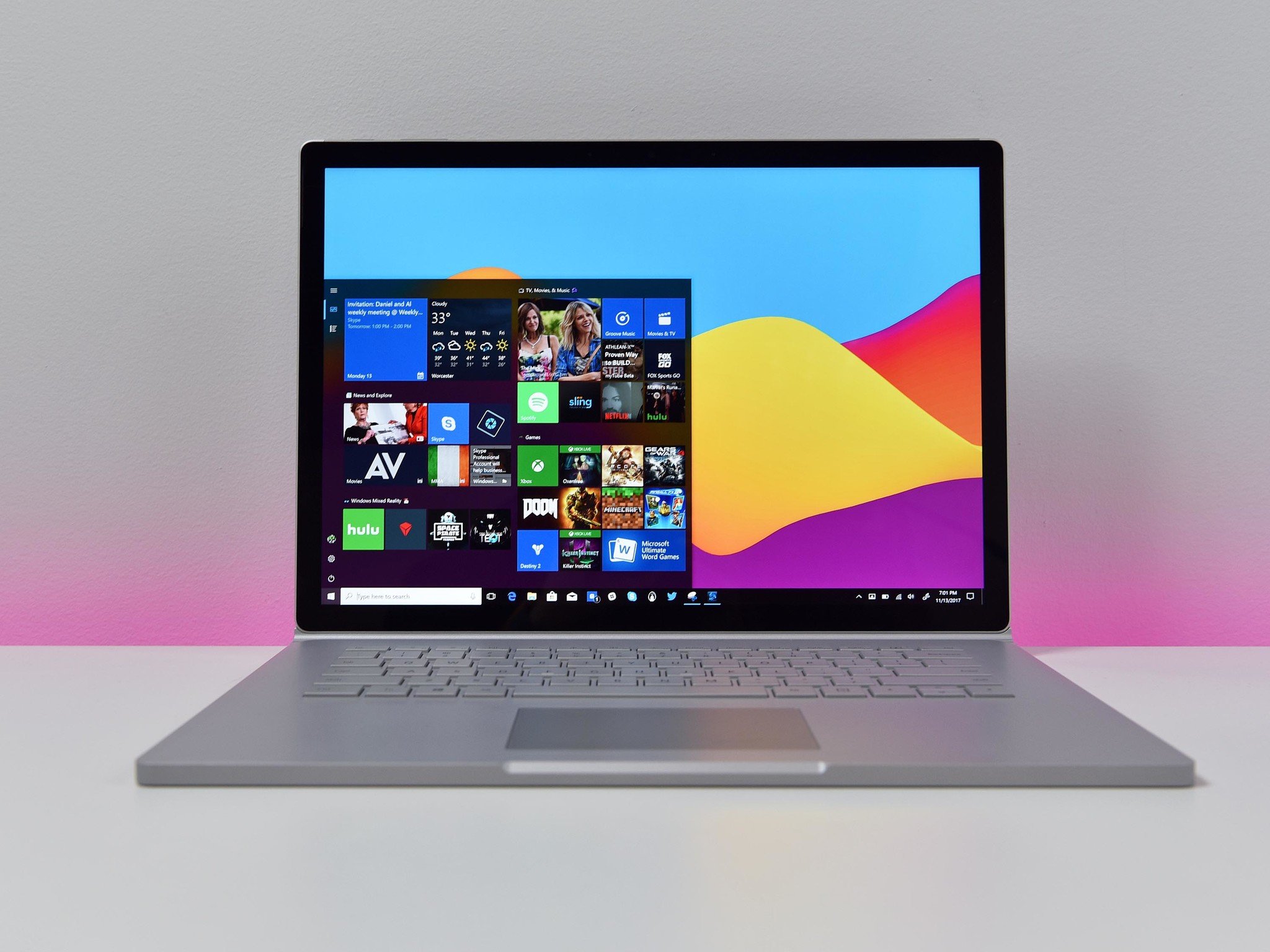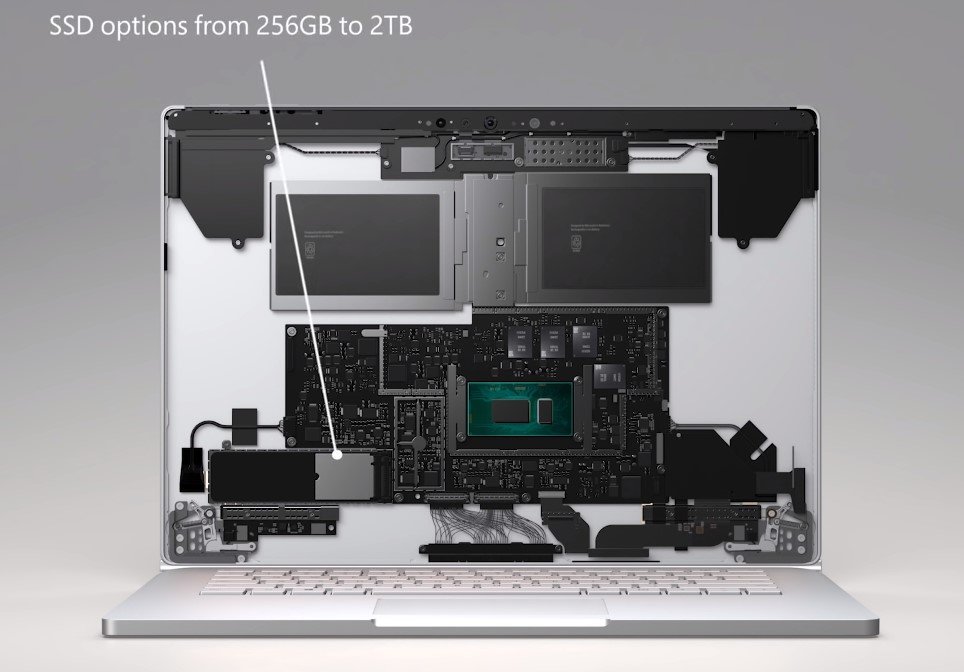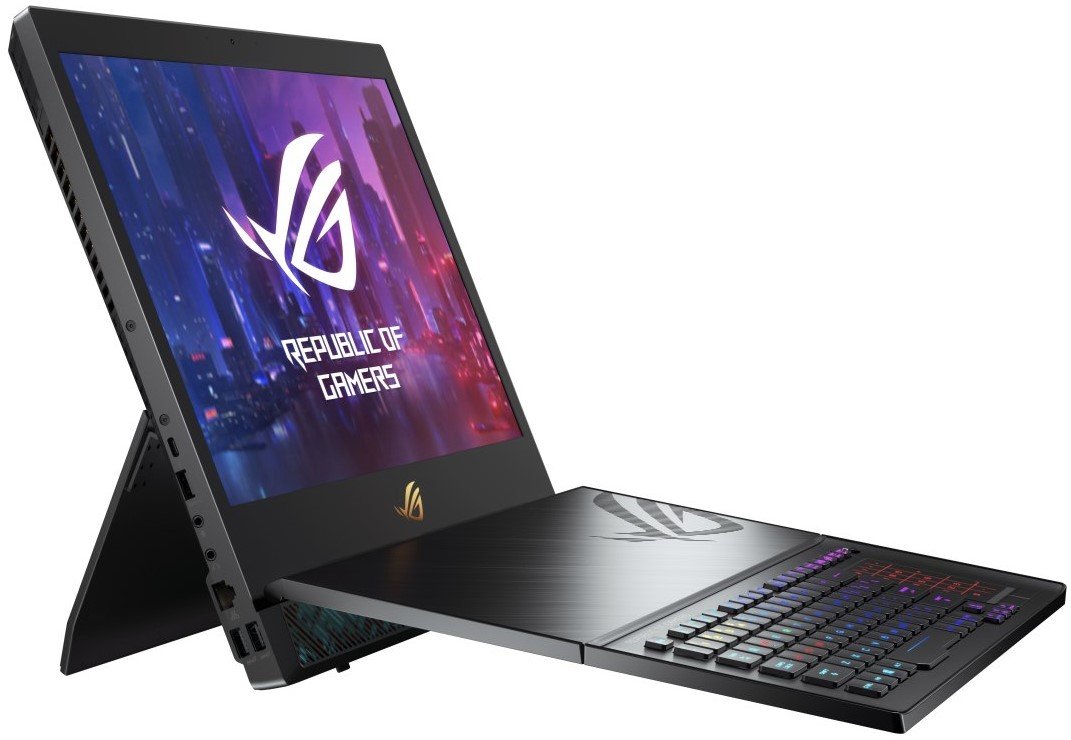Surface Book 3 will never be the most powerful laptop you've ever seen — here's why
Some people think they want the Surface Book 3, but what they really want is a non-existent Surface Laptop Pro.

Microsoft recently revealed the new Surface Book 3, the first refresh since late 2017. The powerful 2-in-1 gets the latest Intel and NVIDIA silicon making it a more modern device with a reported 50 percent boost in performance. While the lack of design changes and features are unfortunate, others are lamenting that it "only" has a quad-core processor and is not something ... more.
I get it. I am sure Microsoft does, too. No, the Surface Book is not – and never will be – the most powerful laptop. It is, however, the most potent convertible because there is no other laptop like it. There is no other PC that has a detachable display that acts as a standalone tablet computer.
But because of this design, there are substantial limits on its capabilities.
I think what some people really want is not the Surface Book, but a mythical "Surface Laptop Pro."
The new Surface Book 3 uses an Intel Core i7-1065G7. That is a U-series chip (read: Ultrabook) that requires 15 watts of energy, although Microsoft can run it up to 25 watts of thermal design power (TDP). Many 13-inch laptops run that CPU model, but Microsoft is likely to get better performance due to the slightly higher TDP.
Intel has more powerful H-series chips like the Core i7-10750H. That is a 45-watt processor with six cores and twelve threads. There's also the beefier Core i7-10875H with eight cores and sixteen threads found in the new Razer Blade 15.
If U-series chips are four-cylinder car engines, then H-series are bigger V-8s and V-12s.
So, why doesn't Microsoft drop these mighty chips into the Surface Book 3? It seems so obvious!
All the latest news, reviews, and guides for Windows and Xbox diehards.
The primary reason is just physics. Because the Surface Book 3 has a detachable display, the processor is behind the screen (along with the RAM, the SSD, and the motherboard). The fan and heat piping also must be a part of that along with a battery. That is a lot of stuff to put behind a touch display. It also limits how hot the processor can get, which is further constrained by the cooling system and desired fan noise.

Notice how no other laptop does this.
For one, it is incredibly hard to engineer (and expensive to design). The other reason is it is simpler to put the processor in the base of the computer where there is physically more space for cooling, larger heat pipes, and bigger fans. The heat can also go higher as the risk to ruining the delicate display components is non-existent (excessive heat can damage the glue that binds the display layers together).
Surface Book 2 vs. Surface Book 3: Which is a better buy?
There are other reasons, too, why putting a 45-watt chip into the Surface Book 3 would be a bad idea (even if it were possible). It'd undoubtedly drive up the price, and the Surface Book 3's battery life would take a massive hit (especially for the tablet portion).
But what about AMD?
AMD's new Ryzen chips look outstanding, but if Microsoft wanted those in the Surface Book 3, it's not as simple as dropping in the chip. The entire board, wiring, battery, memory system, and Wi-Fi chipsets would all have to be redesigned, swapped out, and rebuilt for the Surface Book 3's chassis.
You can't just swap to an AMD chip, or use a 45-watt CPU in the Surface Book.
This design issue is a sticking point for AMD, who loathes when PC makers do base swaps with Intel-based laptops. AMD knows that to make the most of its chips, you need to design the computer from the ground-up for AMD Ryzen. AMD calls this "cooperative design," and it is part of its AMD Assured Program for working with manufacturers. The new AMD-based ASUS ROG Zephyrus G14 is an example of this partnership.
It is undoubtedly feasible that for a Surface Book 4, which by current pacing would arrive sometime in 2022, could be built around an AMD Ryzen architecture to capitalize on its potential. That could happen.
And maybe Microsoft should have rebuilt the Surface Book 3 from scratch for 2020, but quite a few companies follow this "iterate once and let it ride for a few years" engineering style, including Dell and Apple. But Surface Books (like Surface Studio) are low-volume drivers and it may not make financial sense to re-engineer something just to keep tech nerds happy.
Either way, my point remains. You can't just swap out to an AMD system, and using a 45-watt chip (whether Intel or AMD) is currently not feasible with the design of the Surfaced Book.
The bottom line: You probably want a different laptop

The Surface Book is, first and foremost, a convertible laptop PC. It is the only kind with a detachable display, and because of that decision, it has stringent design limitations compared to typical workstation laptops like the XPS 15 or Razer Blade 15.
We could debate about the usefulness of that detachable display, which is fair. Still, the fact is Surface Book 3's current hardware and design is likely maxed out (although NVIDIA GeForce RTX options would have been attractive).
This brings me to my final argument: I think what some people really want is not the Surface Book, but a mythical "Surface Laptop Pro." That device is one built from the ground up as a non-convertible laptop with a 45-watt processor and the most powerful graphics on the planet.
Microsoft has not made "Surface Laptop Pro", yet. Maybe it will. But until then, people need to stop trying to make the Surface Book something it is not. Just like you cannot shoehorn a V-12 engine into a Honda Civic without significant consequences, you cannot just slap in a 45-watt processor in the Surface Book either.
And if you do want a tablet PC with a massive, heat-inducing Core i9-9980HK and a desktop-class NVIDIA RTX 2080 GPU, well, it is already here. It is called the ASUS ROG Mothership. It weighs 10 pounds (4.5 kg) and it costs $6,500.
So, what's stopping you?

Daniel Rubino is the Editor-in-chief of Windows Central. He is also the head reviewer, podcast co-host, and analyst. He has been covering Microsoft since 2007 when this site was called WMExperts (and later Windows Phone Central). His interests include Windows, laptops, next-gen computing, and wearable tech. He has reviewed laptops for over 10 years and is particularly fond of 2-in-1 convertibles, Arm64 processors, new form factors, and thin-and-light PCs. Before all this tech stuff, he worked on a Ph.D. in linguistics, performed polysomnographs in NYC, and was a motion-picture operator for 17 years.


